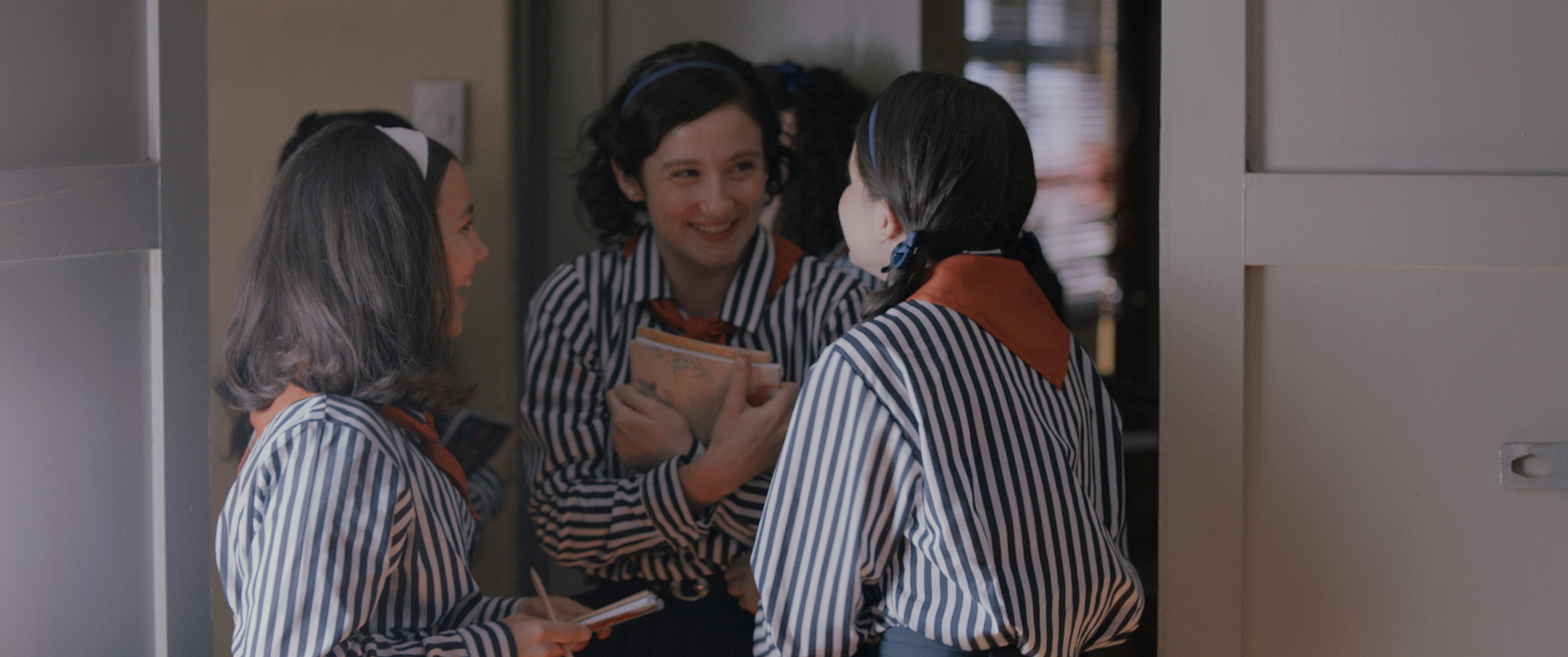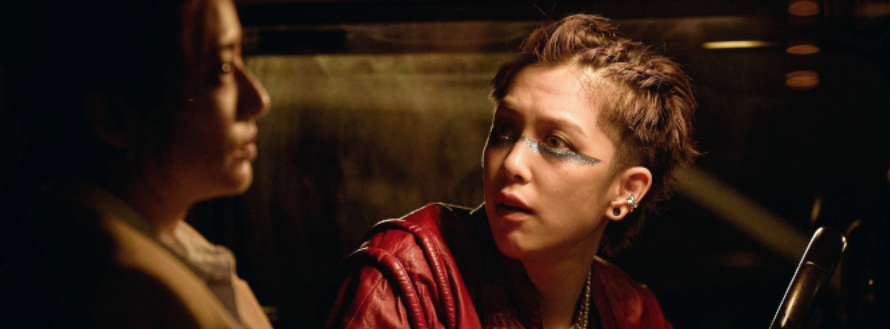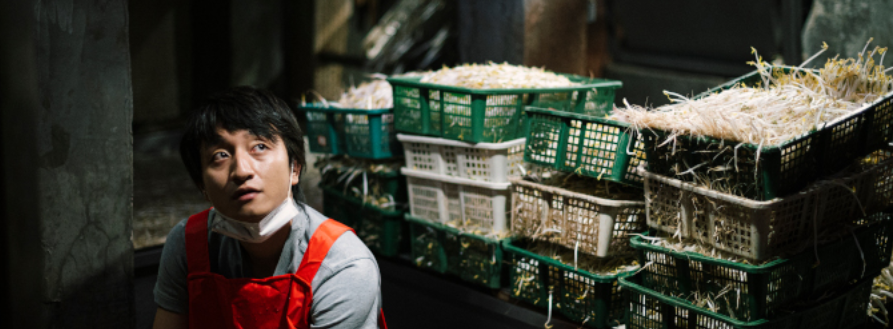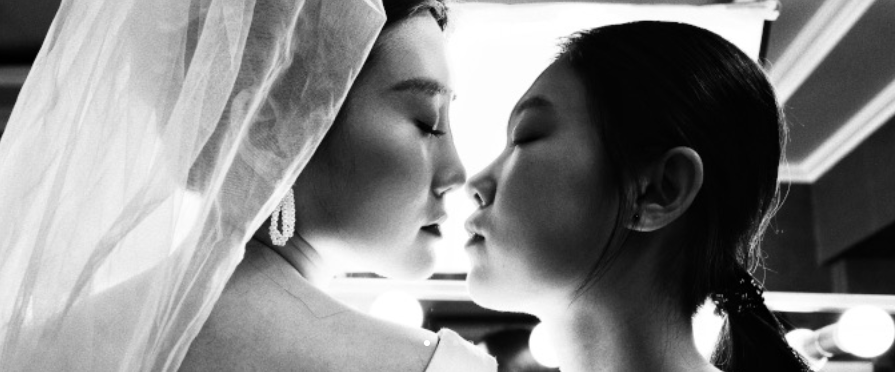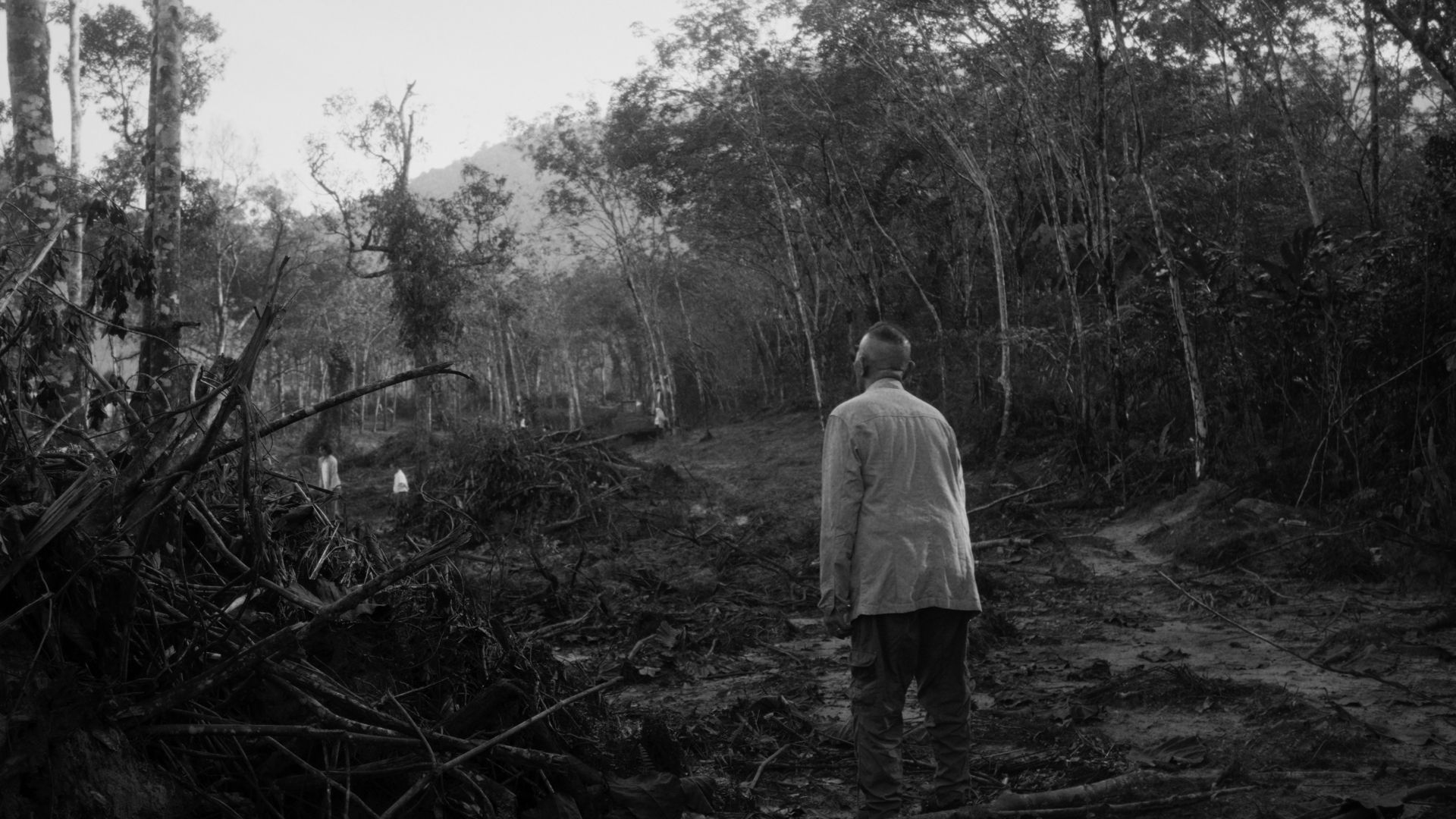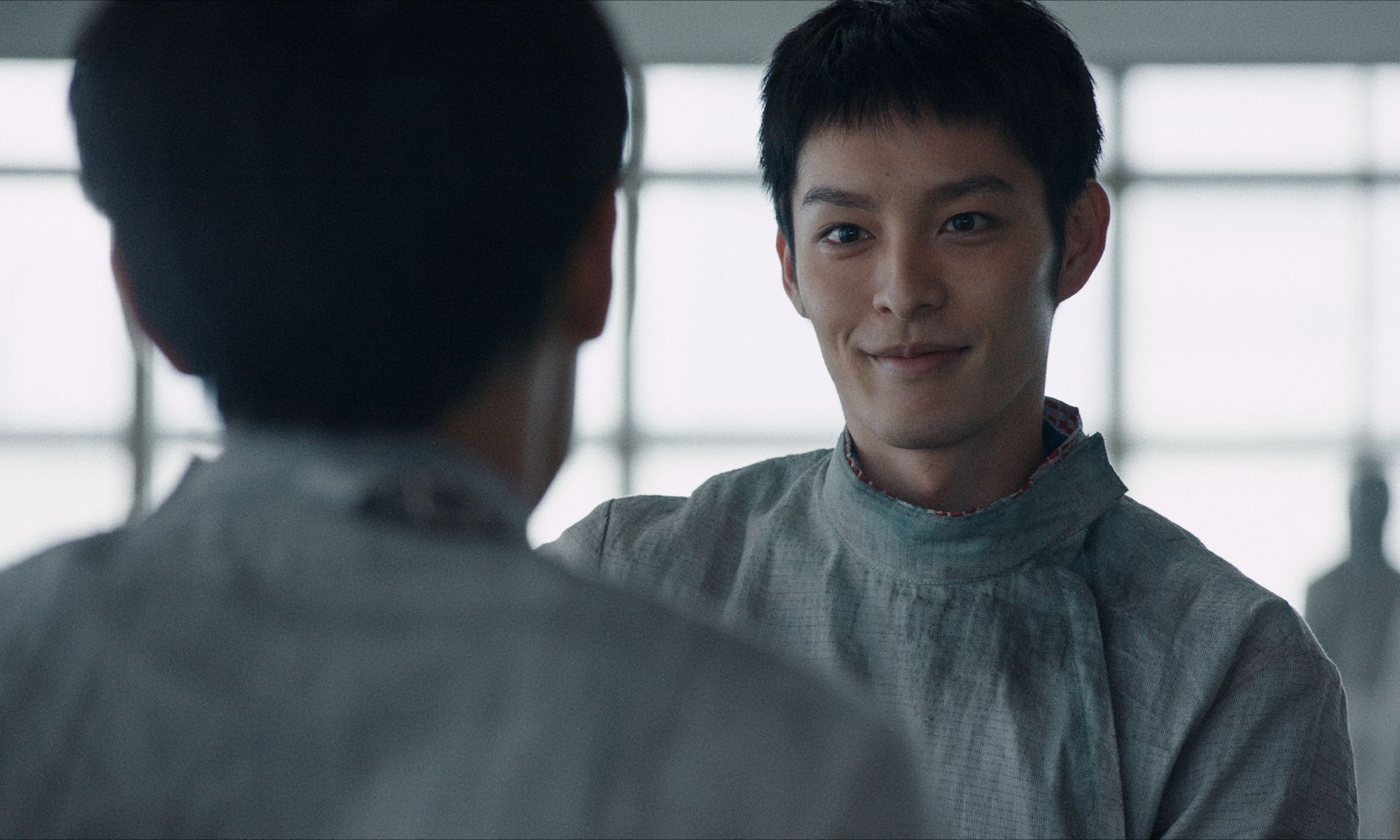Film Review #136: MEMORIES OF A BURNING BODY
BENEATH THE SPECTACLE OF HOLLYWOOD
- UNVEILING WOMANHOOD IN MEMORIES OF A BURNING BODY (COMMENTARY)
“On this walk down memory lane, we can allow ourselves the luxury to pull out the weeds from the side.”
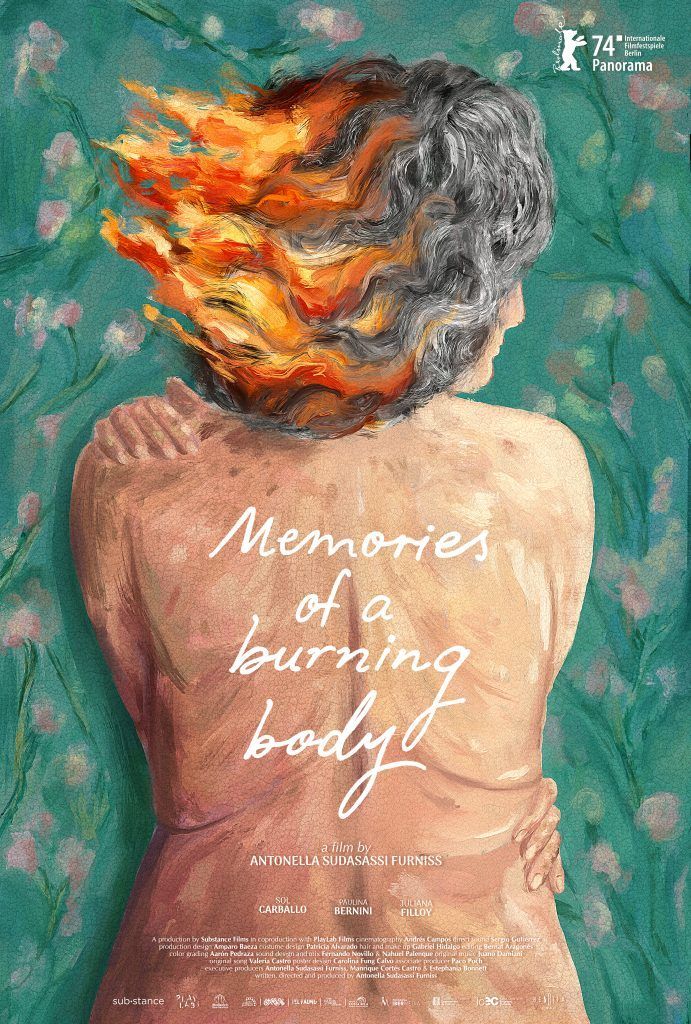
In an industry that moves so rapidly in search for new and up-and-coming stars, there has been greater attention directed towards novelty, with many films centered around the experiences of youths, while stories about the older generation take a backseat. This is especially so for women, whose roles become increasingly limited with age. In 2022, a study showed that female characters over 40 in film have dropped from 20% to 14%. The 2023 Oscars had also sparked conversations surrounding female experiences through the male gaze, which seemed to have received better critical acclaim than those made by women (with the exception of Barbie, of course). Beyond just representation on screen, there have also been discussions around the age discrepancies between female actresses and their male counterparts, especially with young female actresses having to act older than they are. Even the great Meryl Streep has expressed worries that her career “was over” when she turned 40, being only offered “three witch [roles]” instead of “female adventurers, love interests or heroes or demons”.
However, in 2024, more older women are taking on roles in popular cinema, like Anne Hathaway in
The Idea of You, Kathryn Hahn in
Agatha All Along
and Rebecca Ferguson in the
Dune franchise, suggesting a shift in mindset in Hollywood.
But just across the sea from the heavily romanticised narratives of commercial filmmaking, there is a humble, slice-of-life film based on the experiences of Latin American womanhood,
Memories of a Burning Body.
In the gradual resurgence of films featuring stories about older women, Memories of a Burning Body is a timely bittersweet docufilm centered on the complexity of womanhood across generations and decades. It strips the narrative of heavily sensationalised, fantastical realities of female experiences in Hollywood films down to its bones, reminding us that the simple, everyday experiences of women are stories in themselves, and how the harsh realities of patriarchal society and gender expectations in reality often contest the utopian illusions of female experiences in mainstream Hollywood films.
In addition, as Latin American stories remain underrepresented in mainstream media,
Memories of a Burning Body is a rare gem that sheds light on new perspectives of the female condition, reminding us of the need for not just female voices of the older generation, but diversity in storytelling as well.
Directed by Antonella Sudasassi Furniss,
Memories of a Burning Body depicts a greying 71-year-old Woman (played by Sol Carballo), who embodies the experiences of the film’s three narrators: Ana, Patricia and Mayela, all of whom are over 60. Described as “the conversation I never had with my grandmothers”, the film tackles the difficult discussions about love, sex, marriage and ageing that are often seen as taboo. Speaking in complete anonymity, their candid narrations and reflections add a charming, witty humour amidst the film’s sentimental and mellow tone.
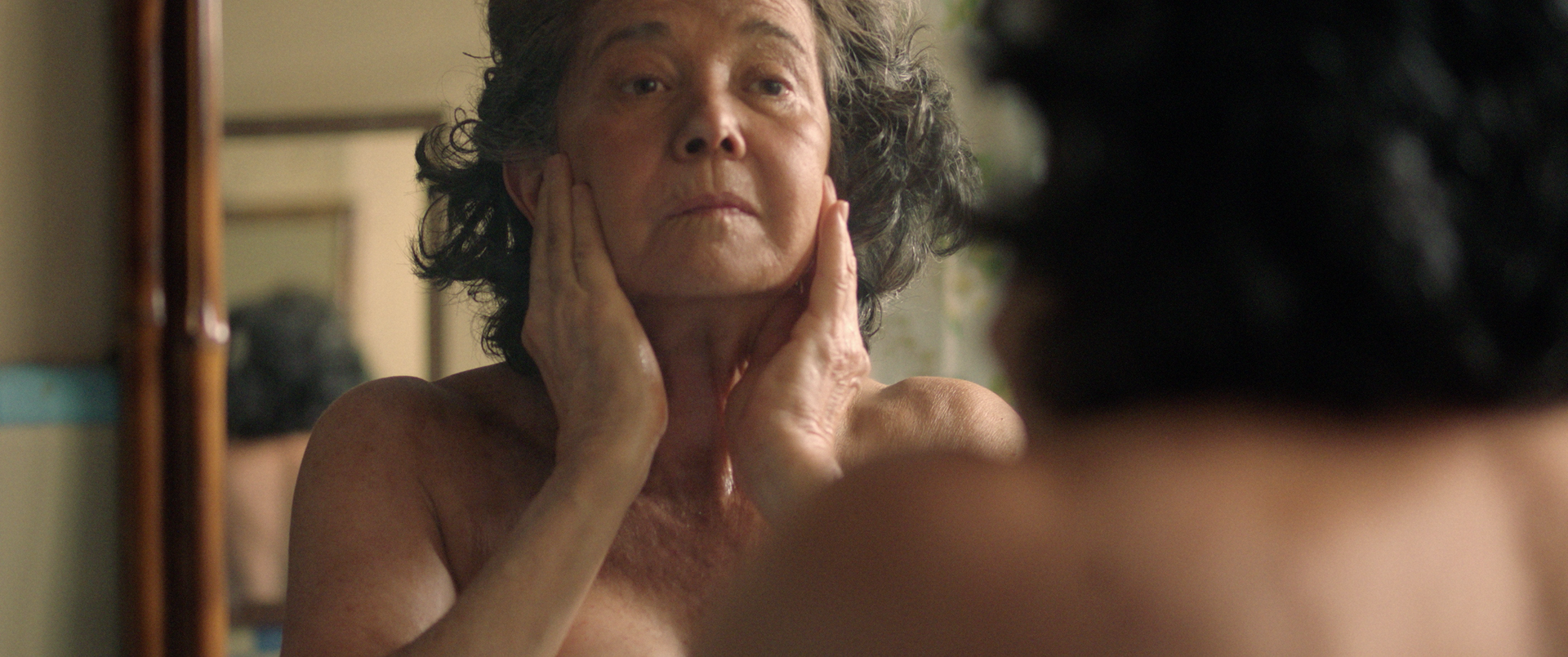
The film takes place in the home of the Woman. Adorned with a plethora of photos along its walls and decorated with old paraphernalia at every corner, the home exudes a sense of nostalgia, acting as a time capsule that preserves the experiences of the Woman who lives within it. Seen through the female gaze, we observe the Woman moving through her home in different stages of her life, as a child all the way to how we see her in the present. We also see the movement of its inhabitants, watching how the rooms once crowded with family, are emptied to just the Woman at present, and filled once again with her own family, and then back to her present state.
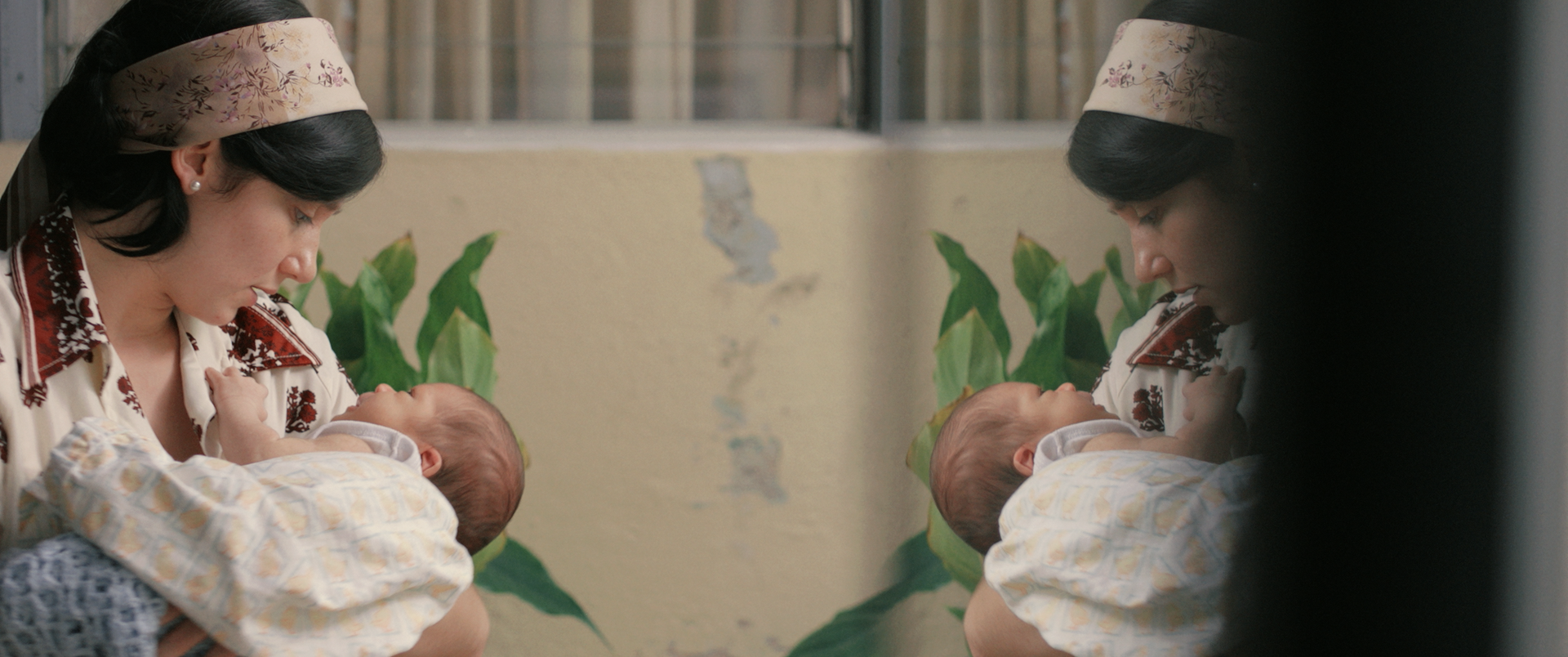
This constant movement amidst a space frozen in time adds greater poignancy to its story, showing the growth of a once sheltered girl grappling with the growing weight of gender and societal expectations, while simultaneously learning to be comfortable in her role as a daughter, mother and wife. Situated in a Latin American context, the film allows us to sympathise with the Woman’s journey in reclaiming her identity and breaking free from ideologies that were so heavily influenced by culture that betrayed her. The Woman’s life is occasionally interrupted by the gentle ringing of her phone, reminding viewers that despite the home’s traditional aesthetic, the story ultimately takes place in contemporary society, and portrays the Woman (and by extension Womanhood), as someone who is able to change and adapt.
Lighting and blocking plays a big part in bringing this story to life, often used to depict the loss of innocence in the Woman or the changing relationship she has with herself and others within the space. The intimate, warm glow of the home invites viewers to form different relationships with this environment that the Woman regards as home, viewing it as a vessel that holds countless memories, traumas and hardship. One can even regard the relationship with the home as cyclical, with the troubles of girlhood manifesting itself in different ways as the Woman matures. Despite the room’s alluring nature, Furniss makes a conscientious effort to never over-romanticise the image of the home, revealing the hardship and the harsh reality that lies beneath it.

Ultimately, this film is a celebration of the resiliency of womanhood that persists through age. It rejoices in female emancipation, and the ability of women to overcome female subjugation amidst inherited traumas and misogyny. It captures the delicate, tender nature of girlhood and all its experiences, even the curiosity of coming-of-age and the banes that come with it. As we watch the film, we are forced to question our own assumptions about the role of women, and how a system built from religious and patriarchal doctrines could so strongly skew our beliefs about female autonomy and the responsibilities of a woman in society. The film thus embodies how the female experience is one that is full of complexity, yet still so precious in our memory. The harmony created between the film’s narrative and Carballo's acting demonstrate a collective experience of womanhood, and a quiet solidarity forged through these experiences.
As a female who is rightfully still coming-of-age and wishes that there were more conversations around the female experience, I saw this film as a triumphant and empowering reclamation of the female narrative. It showed how a woman’s value transcends physical appearance, age and quite literally, body. More importantly, noticing the film’s identifiable parallels on my personal experiences in Asian society, the film’s storytelling creates a universal truth presented through a Latin American context, allowing it to stand out as one that is highly personal and unique, while still resonating with a mass audience, regardless of cultural background.
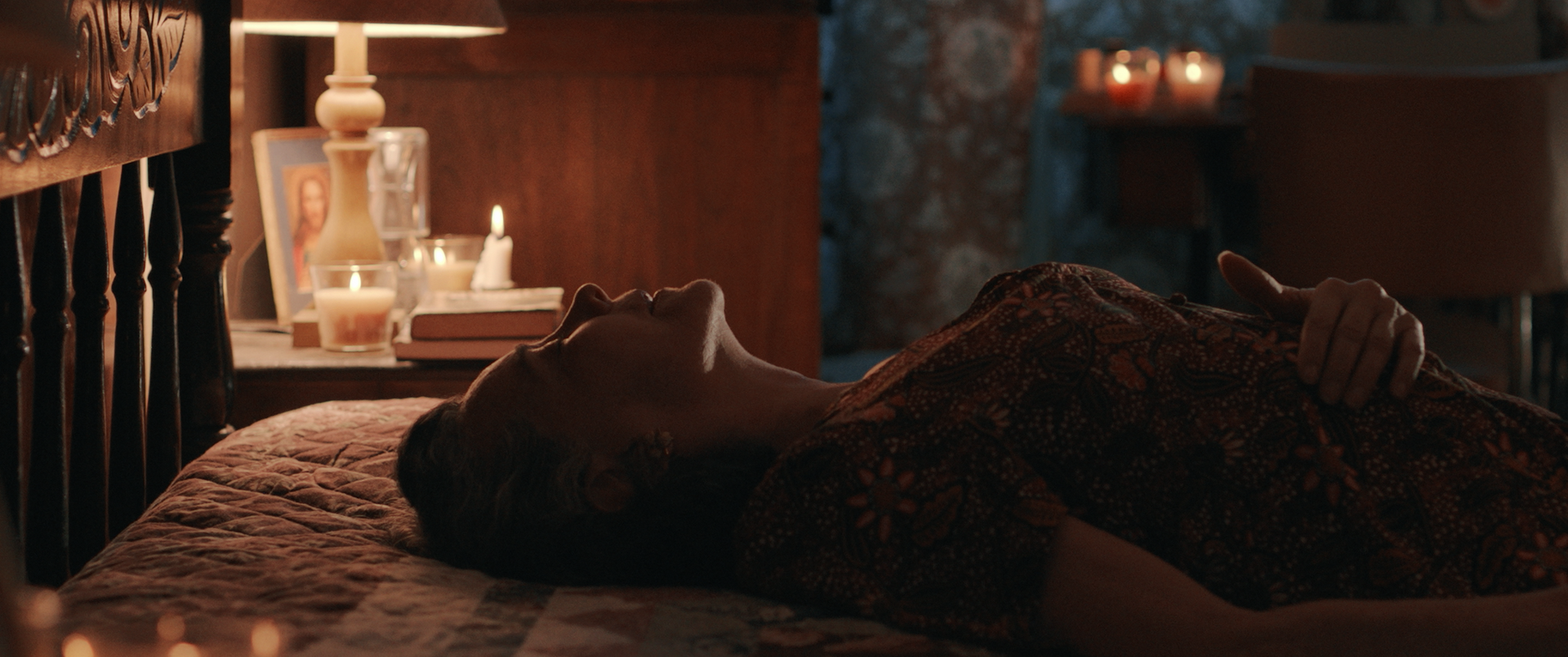
Through Memories of a Burning Body, you realise that womanhood can be presented by a multitude of experiences and in more ways than one. Sensationalised, romanticised Hollywood films act as a mirror to what women can aspire to be, but womanhood can also be portrayed through vulnerability. It is learning to embrace your past with kinder eyes and taking pride in overcoming hardship. It is knowing that you are more than what society defines you to be, and learning to love yourself more because of it.
-----------------------
About the author: A devoted fan of indie cinema and an avid music enthusiast, Mavis is a pop culture junkie with a keen interest in all aspects of contemporary culture. She especially loves female-forward narratives and passionately champions representation in film, continually educating herself on the importance of diverse storytelling. Whether sitting in a cinema or browsing through crates of vinyl, Mavis enjoys being immersed in tangible experiences that bring stories and music to life.
Join us for the screening MEMORIES OF A BURNING BODY (M18)
📅 19 Oct, Saturday
🕐 1pm
📍 The Projector, Cineleisure
🎟 SFS members, redeem your tickets for free at
singaporefilmsociety.eber.co
🎟 Public tickets are available at
https://sfs-memories.peatix.com/view
This review is published as part of *SCAPE’s Film Critics Lab: A Writing Mentorship Programme, with support from Singapore Film Society.

